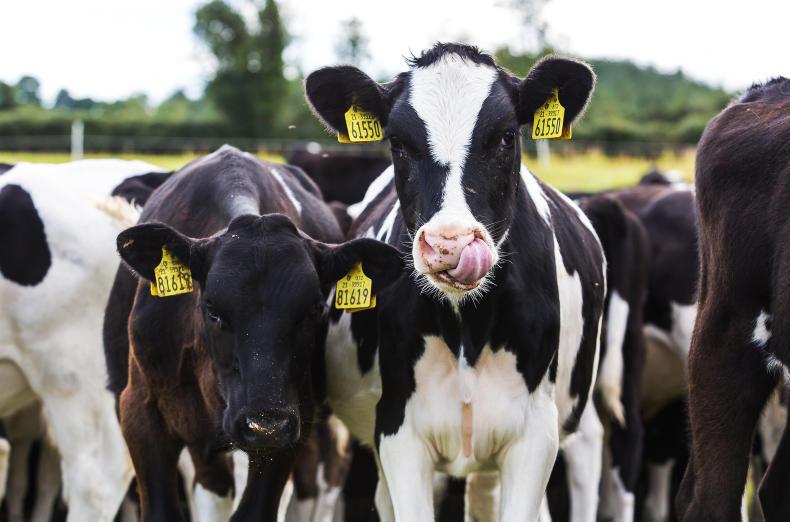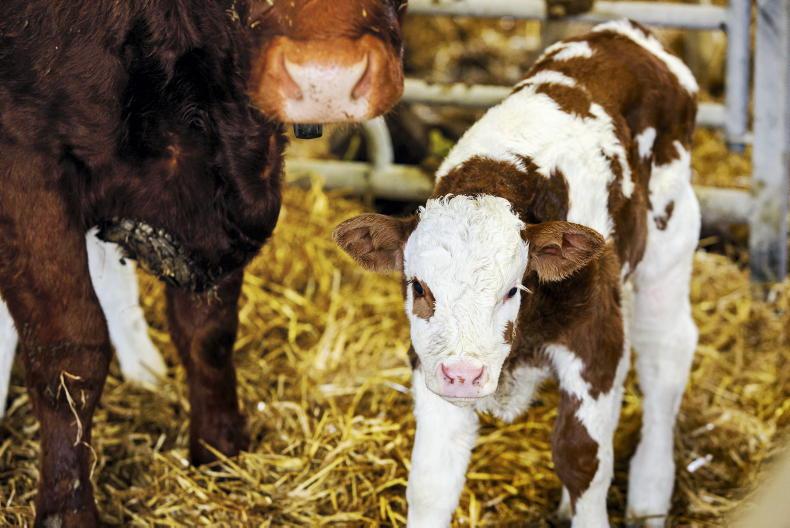Outdoor calving is a struggle when weather is poor.
Milk fever and grass tetany are a greater risk where cows have been out grazing and it’s a higher risk in wet weather.
The warm and humid weather is putting stress on calves in sheds too, with a higher chance of respiratory diseases.
In these kind of conditions, making sure calves have enough colostrum in them is the first form of defence against disease.
Remember the golden rule: give the first feed of three litres of good colostrum within two hours of birth. In high-yielding herds, the colostrum quality might not be good enough due to the dilution effect. Well-run large herds in other countries routinely test all colostrum for quality before feeding it with a refractometer.
The other thing they do is avoid moving calves between pens. As soon as a calf is born, it is moved to a single pen within in a larger pen. When the calves in the single pens get older, the pens are taken away but they remain in the big pen until weaned or turned out.
Winter ready
Now is the time to be getting prepared for winter.
Fix up gates in sheds. Repair cubicles, roof lights and feed barriers.
Organise for automatic scrapers to be serviced. Check slats for signs of damage and replace if necessary.
A lot of steel manhole covers fitted to slatted tanks installed 20 years ago are beginning to corrode and may need to be replaced.
With a good milk price, now is the time to catch up on these routine maintenance jobs so you won’t have to when milk price is bad.
Read More
€50m Brexit loss to Irish cheddar
Butter prices rise 3.8% at Global Dairy Trade
Outdoor calving is a struggle when weather is poor.
Milk fever and grass tetany are a greater risk where cows have been out grazing and it’s a higher risk in wet weather.
The warm and humid weather is putting stress on calves in sheds too, with a higher chance of respiratory diseases.
In these kind of conditions, making sure calves have enough colostrum in them is the first form of defence against disease.
Remember the golden rule: give the first feed of three litres of good colostrum within two hours of birth. In high-yielding herds, the colostrum quality might not be good enough due to the dilution effect. Well-run large herds in other countries routinely test all colostrum for quality before feeding it with a refractometer.
The other thing they do is avoid moving calves between pens. As soon as a calf is born, it is moved to a single pen within in a larger pen. When the calves in the single pens get older, the pens are taken away but they remain in the big pen until weaned or turned out.
Winter ready
Now is the time to be getting prepared for winter.
Fix up gates in sheds. Repair cubicles, roof lights and feed barriers.
Organise for automatic scrapers to be serviced. Check slats for signs of damage and replace if necessary.
A lot of steel manhole covers fitted to slatted tanks installed 20 years ago are beginning to corrode and may need to be replaced.
With a good milk price, now is the time to catch up on these routine maintenance jobs so you won’t have to when milk price is bad.
Read More
€50m Brexit loss to Irish cheddar
Butter prices rise 3.8% at Global Dairy Trade









SHARING OPTIONS